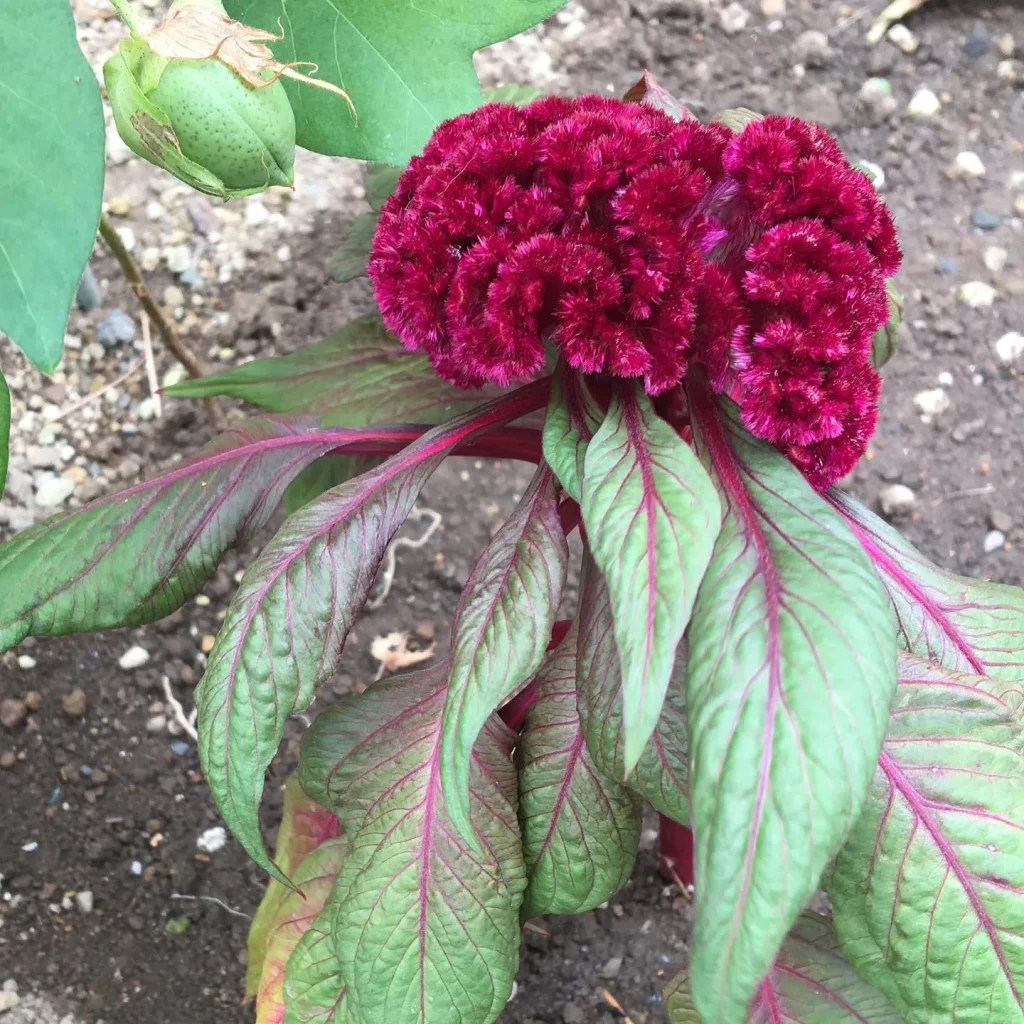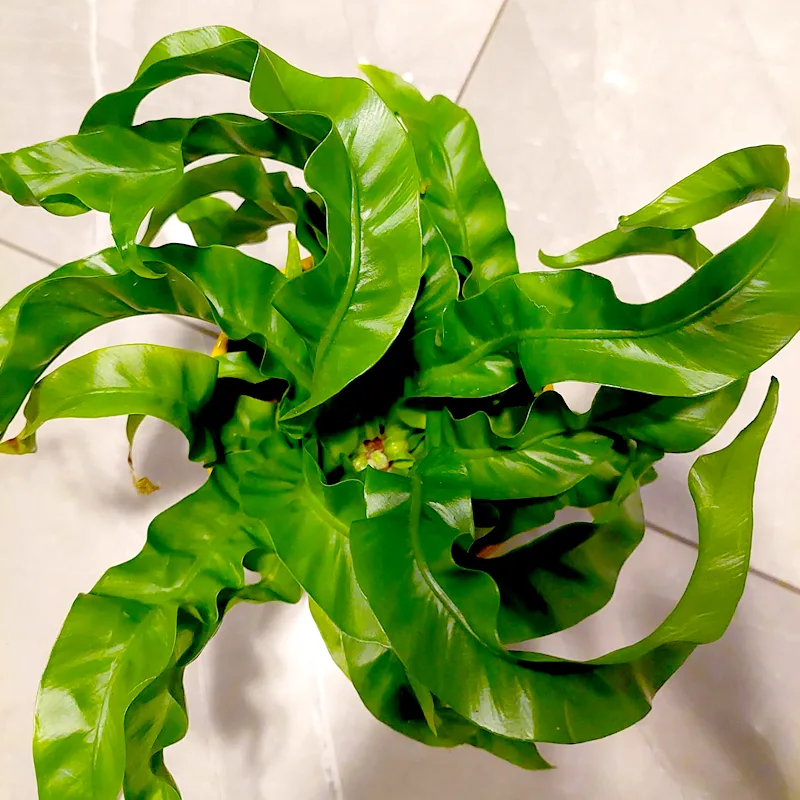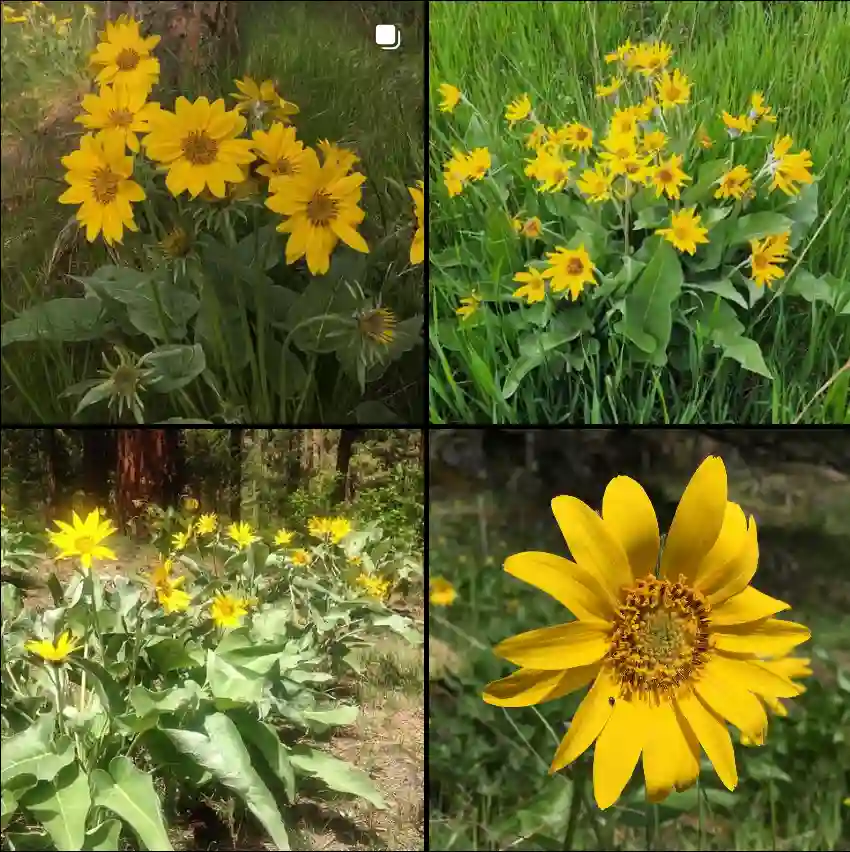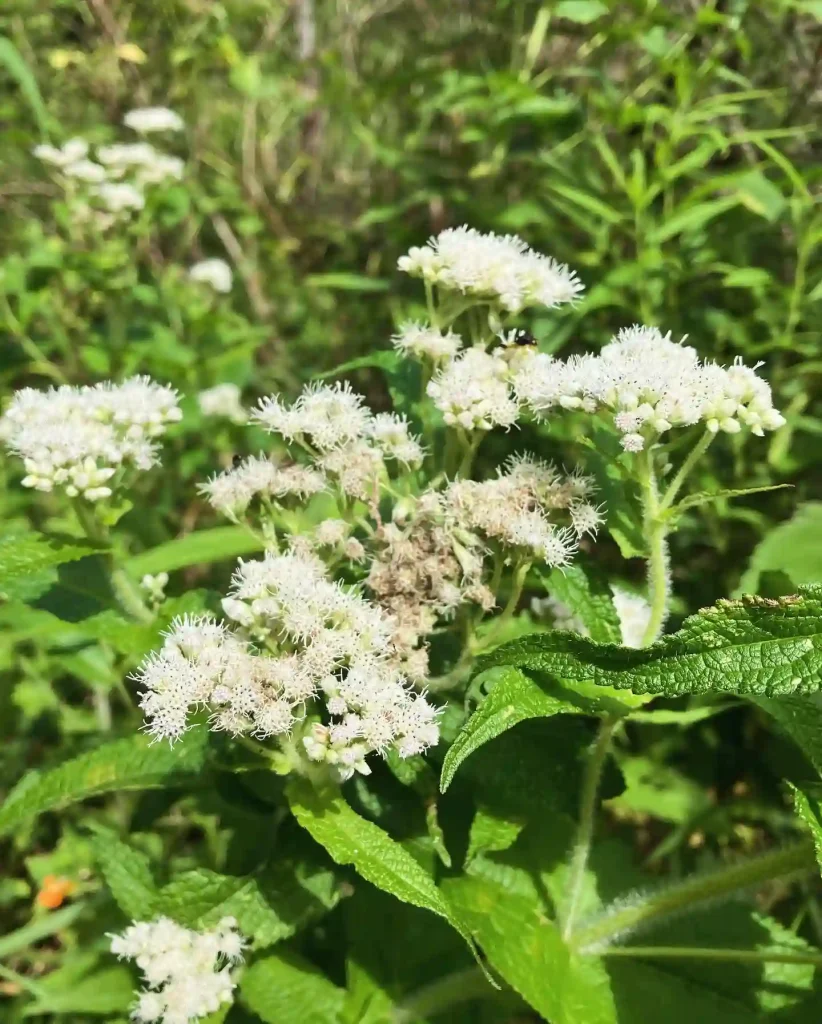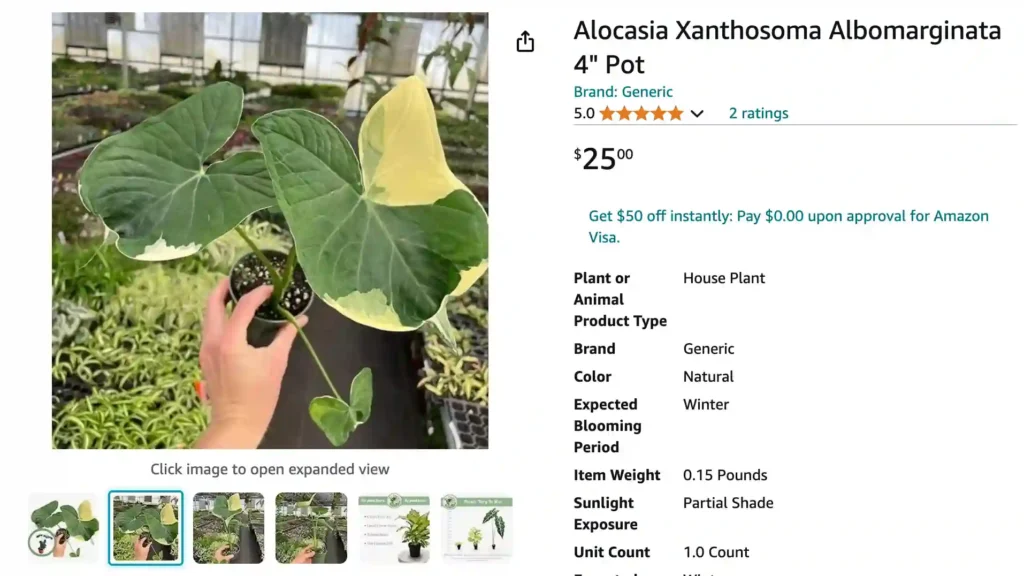
What is Xanthosoma Albo Marginata?
Hi, Ferb Vu here. I’m a houseplant enthusiast with a particular fondness for the quirky and eye-catching. And let me tell you, the Xanthosoma Albo Marginata, or Mickey Mouse Plant, is both quirky and eye-catching in equal measure.
This Aroid (a family of plants that includes philodendrons and monsteras) boasts vibrantly variegated leaves that resemble, you guessed it, Mickey Mouse ears. But its charm goes beyond mere aesthetics. It’s a relatively low-maintenance plant that thrives with proper care.
So, if you’re curious about bringing a touch of Disney magic (and lush foliage) into your home, keep reading. I’m here to answer all your burning questions about the Xanthosoma Albo Marginata.
How to care for Xanthosoma Albo Marginata?
Light It Up (But Not Too Much):
Like most Aroids, the Mickey Mouse Plant prefers bright, indirect sunlight. Direct sun can scorch the leaves, leaving unsightly brown patches. Think dappled sunlight filtering through a sheer curtain – that’s the sweet spot. In lower light conditions, growth will slow, but the plant will still survive.
Water Wisely:
The Xanthosoma Albo Marginata enjoys consistently moist soil, but not soggy. Aim to water deeply when the top inch of soil feels dry to the touch. Avoid letting the plant sit in water as this can lead to root rot. Empty any drainage trays promptly.
Feeding Frenzy (Not Really):
This isn’t a high-maintenance feeder. A light feeding with a balanced fertilizer every three months during the growing season (spring and summer) is sufficient. Opt for a diluted solution to avoid fertilizer burn. During winter, feeding can be reduced or stopped altogether.
Potting Up:
A well-draining potting mix is key. Aroids are prone to root rot, so choose a mix specifically formulated for them or create your own using a combination of potting soil, perlite, and orchid bark. Opt for a pot with drainage holes to allow excess water to escape. Repotting is typically only necessary every 2-3 years, or when the plant outgrows its current container.
Temperature Talk:
The Mickey Mouse Plant thrives in warm, humid environments. Aim for temperatures between 65-80°F (18-27°C). Avoid exposing it to sudden temperature drops or cold drafts.
Humidity Haven:
This tropical beauty appreciates high humidity levels. Grouping your Mickey Mouse Plant with other humidity-loving plants or using a pebble tray filled with water can help create a more humid microclimate.
Taming the Tropics
The Xanthosoma Albo Marginata is generally considered non-toxic to humans, but it’s always best to err on the side of caution. Keep it out of reach of pets and children as the leaves can cause stomach upset if ingested.
How to propagate Xanthosoma Albo Marginata?
This plant can be propagated by division of the tubers (underground storage organs) during repotting. Ensure each division has at least one growing eye (where new growth emerges).
Common Concerns:
- Drooping Leaves: This could indicate underwatering, overwatering, or insufficient light. Check the soil moisture and adjust your watering routine accordingly. Ensure the plant receives adequate indirect light.
- Brown Spots on Leaves: This could be caused by sunburn from direct sunlight. Move the plant to a location with brighter indirect light.
- Yellowing Leaves: This is a natural part of the aging process. Simply remove the yellowed leaves to encourage new growth. However, excessive yellowing could be a sign of overwatering.
The Great Debate: Alocasia vs. Xanthosoma
Both the Mickey Mouse Plant and the Alocasia (another popular Aroid) boast stunning foliage. However, there are key differences:
- Leaf Shape: Xanthosoma leaves tend to be broader and have a more pronounced “lobe” at the base, while Alocasia leaves can be more arrow-shaped or heart-shaped.
- Leaf Texture: Xanthosoma leaves are typically thinner and more papery than Alocasia leaves, which are often thicker and glossier.
- Growth Habit: Xanthosoma tends to grow more upright with leaves held horizontally, while Alocasia can be more upright or cascading depending on the variety.
Ultimately, the choice between these two beauties depends on your personal preference.
The Final Word:
The Xanthosoma Albo Marginata is a delightful and relatively easy-to-care-for plant that injects a touch of whimsy into any indoor space. With its playful foliage and manageable needs, it’s a perfect choice for plant enthusiasts of all levels. So, why not bring a little bit of Mickey Mouse magic into your home today?

